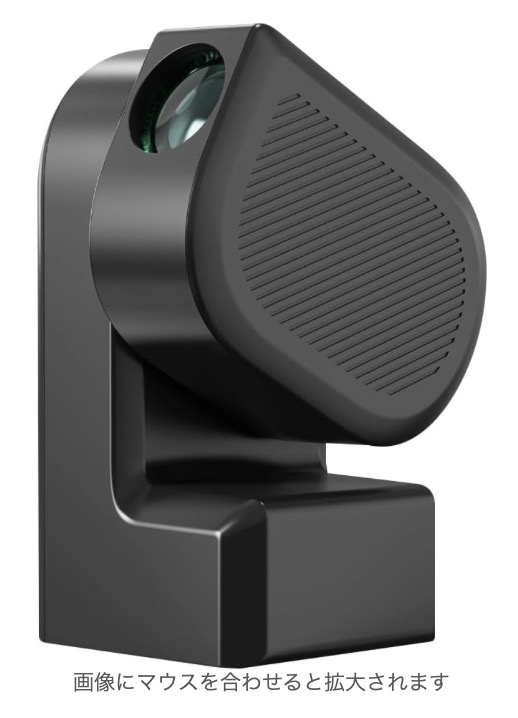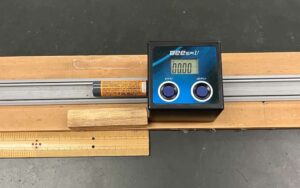One-Button Setup & Operation: Observing the Sun (Sunspots) with the SeeStar Smart Telescope
I’m Ken Kuwako, Science Trainer. Every day is an experiment.
Have you ever looked up at the stars glittering in the night sky and felt your heart race, wondering, “What is the source of that light?” or “What lies at the edge of the universe?” In the past, astronomy was a somewhat specialized hobby. It meant hauling heavy, bulky telescopes out in the middle of the night and using expert knowledge just to find a single star.
However, that conventional wisdom may now be history. Today, I’m introducing the latest gadget that lets you peek into the cosmos like a scene from a sci-fi movie, all with just your smartphone: the smart telescope SeeStar S50, affectionately nicknamed the “Smabo” (Smart Bow).
In this article, I’ll share my personal experience of using the “Smabo” to get up close and personal with the Sun. I’ll show you its surprising simplicity and the infinite possibilities it offers to ignite your intellectual curiosity.
What is SeeStar? The Magic Tube That Puts the Universe in Your Pocket
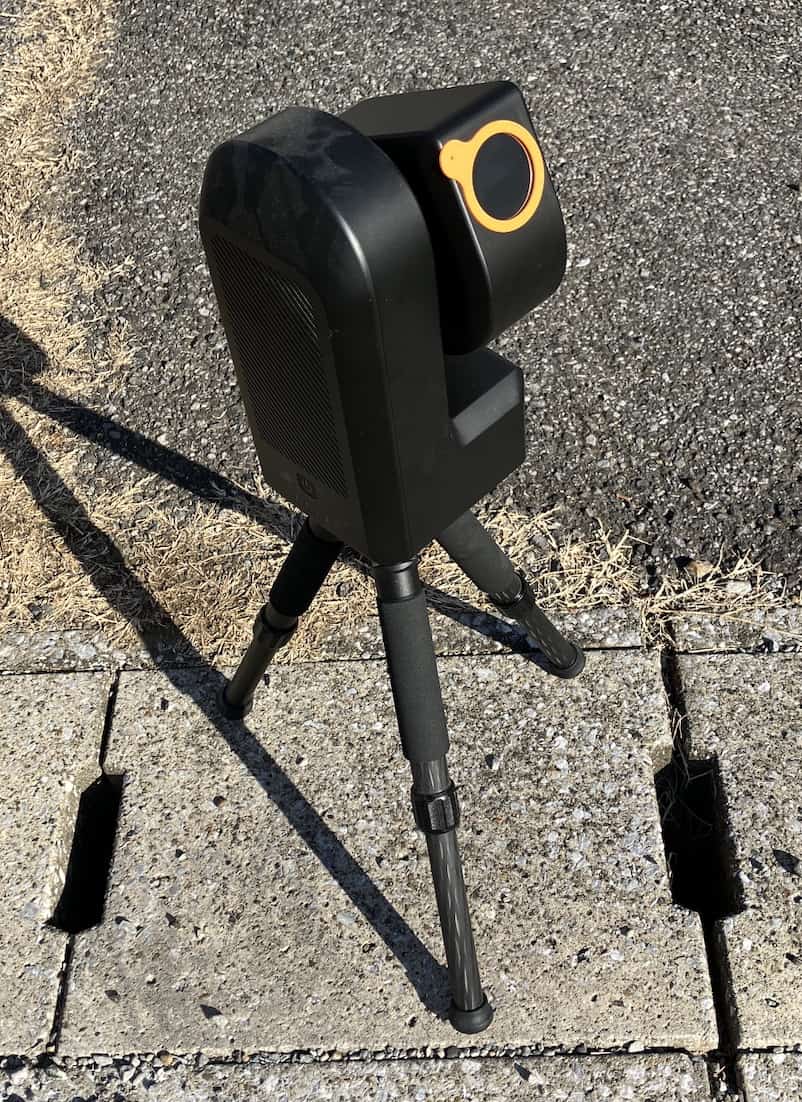
The SeeStar is an innovative smart telescope that may change the history of sky-watching. Its greatest feature is that you simply connect it to your smartphone or tablet via Wi-Fi and tap the dedicated app, and it automatically finds and focuses on the celestial object you want to see. Using GPS and internal sensors, it calculates the sky conditions based on your location and time, cross-references that with its vast celestial database, and locks onto the target instantly.
This is an astonishing evolution, making the “GoTo” technology used by professional observatories easily accessible to everyone. First-time users will undoubtedly gasp in amazement as they watch the SeeStar search for stars as if it were a sentient being.
Worry-Free for Beginners! A 3-Step Guide to Cosmic Exploration
Once your SeeStar arrives, you first need to perform the initial setup (activation). But don’t worry—it’s easy for anyone to follow along with a video guide. Once this simple setup is done, observation becomes incredibly straightforward. You won’t have to panic, even when using it for a classroom lesson.
- Required:
- Smart Telescope SeeStar unit
- Smartphone or tablet with Wi-Fi (dedicated app installed)
- Stable location (ground or table is fine)
- (For long observations) A mobile battery
- Simple 3-Step Lesson Plan:
- 【Preparation】 Talk briefly about the Sun and stars. Safety, such as “Why can’t we look directly at the Sun?”, is the crucial first step in science.
- 【Setup】 Place the SeeStar on a stable surface, connect via Wi-Fi with the phone. Launch the app, select the “Sun” mode. Watching the telescope automatically find the Sun is the perfect introduction.
- 【Observe & Explore】 Examine the sunspots displayed on the phone screen! Use the app’s capture function to record them and spark the children’s “Why?” questions: “Is the sunspot in a different position than yesterday?” “What exactly is a sunspot?”
Observing the Sun: Discovering a Deep Connection to Earth
I actually tried observing the Sun with the SeeStar.

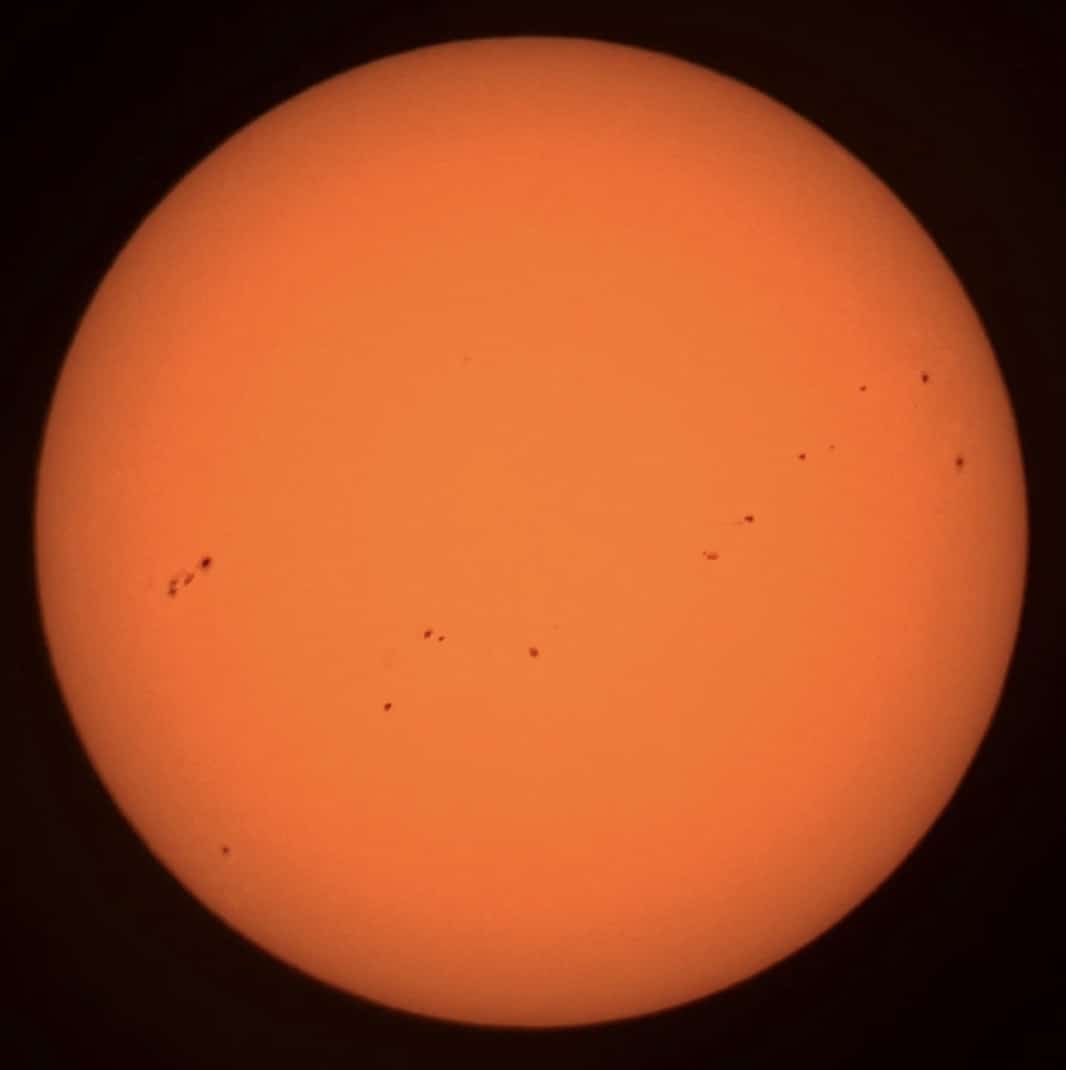
The Sun on 2025/01/06 at 9:00 AM
With just a simple tap on the dedicated app’s Sun button, without any complicated procedures, the sunspots—which are completely invisible to the naked eye—were clearly displayed on the screen.
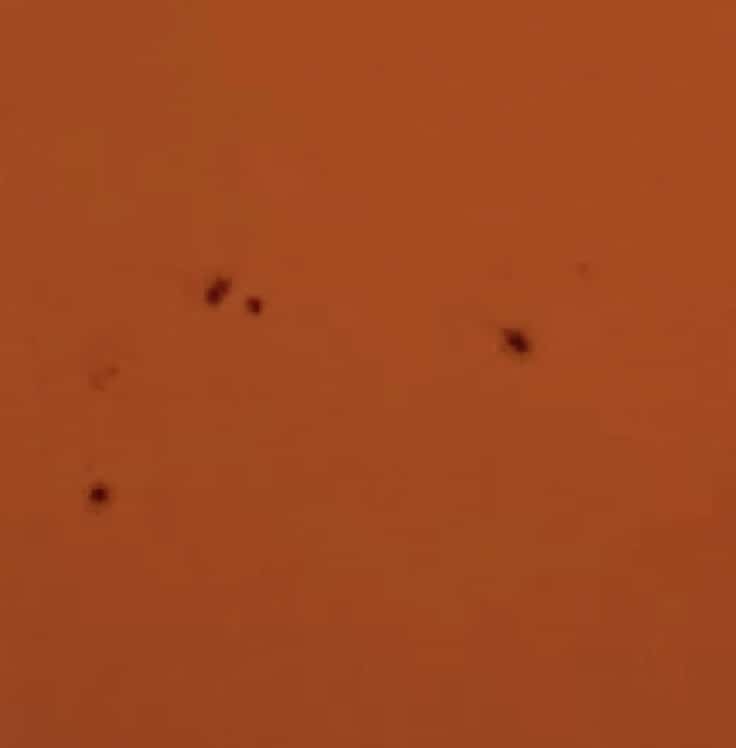
This sunspot is not just a stain. Its true identity is a region made slightly cooler than its surroundings due to the Sun’s powerful magnetic field (though it’s still approximately 4,000°C!).
And the number of these sunspots follows an approximately 11-year cycle; periods with many sunspots are called the Solar Maximum. During this time, large-scale explosions called solar flares are more likely to occur. When the charged particles released by these flares reach Earth, they can cause beautiful auroras, and sometimes even affect satellites and communications.
The tiny sunspot reflected on your phone screen is actually deeply connected to our daily lives. The SeeStar is an excellent teaching tool that allows us to grasp this grand story of the cosmos and Earth.
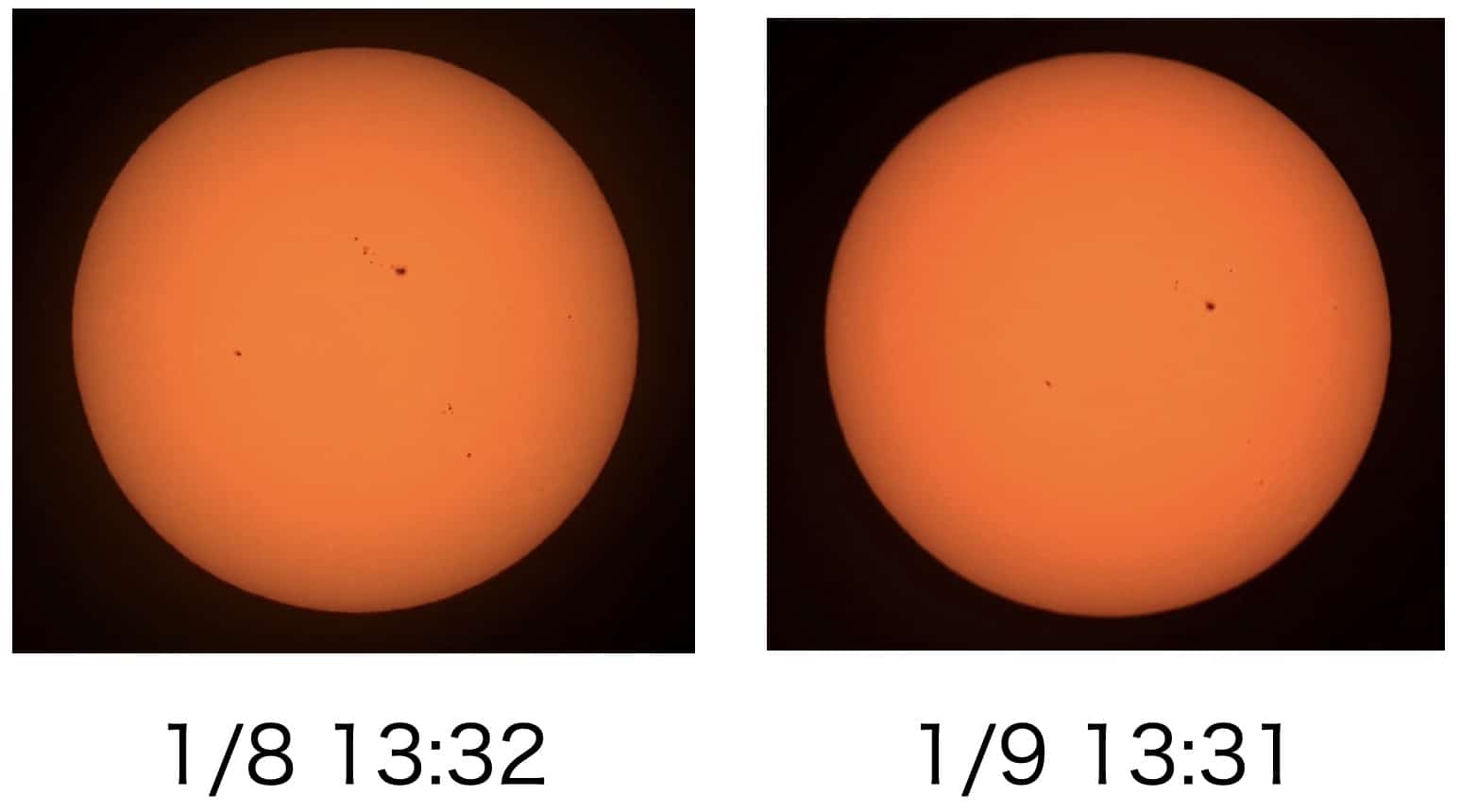
The Day Science Class Becomes an Expedition to Space
The true value of the SeeStar shines brightest in the science classroom. It effortlessly overcomes the high hurdles of traditional astronomical observation: “Setup is difficult,” “Operation is too complicated,” or “It can only be done at night.” If students track sunspots on their own phones and record the changes over several days, they can conduct a proper inquiry-based lesson where they discover the Sun’s rotation. At night, they can capture not only the Moon’s craters but also the spiral patterns of distant galaxies with their own eyes.
Real learning starts with “Why?” The SeeStar is truly a “textbook of the future,” igniting children’s intellectual curiosity and letting them feel the excitement of science firsthand. The next generation of astronomers might be born from this single device. For galaxy observation, we cover details in this related article:
Contact and Requests
Make the wonders and fun of science more accessible! I’ve put together easy-to-understand tips for fun science experiments you can do at home. Feel free to search around!
・About the administrator, Ken Kuwako: click here
・For various requests (writing, lectures, experiment classes, TV supervision, appearances, etc.): click here
・Article updates are posted on X!
![]() The Science Content Channel is streaming experiment videos!
The Science Content Channel is streaming experiment videos!

